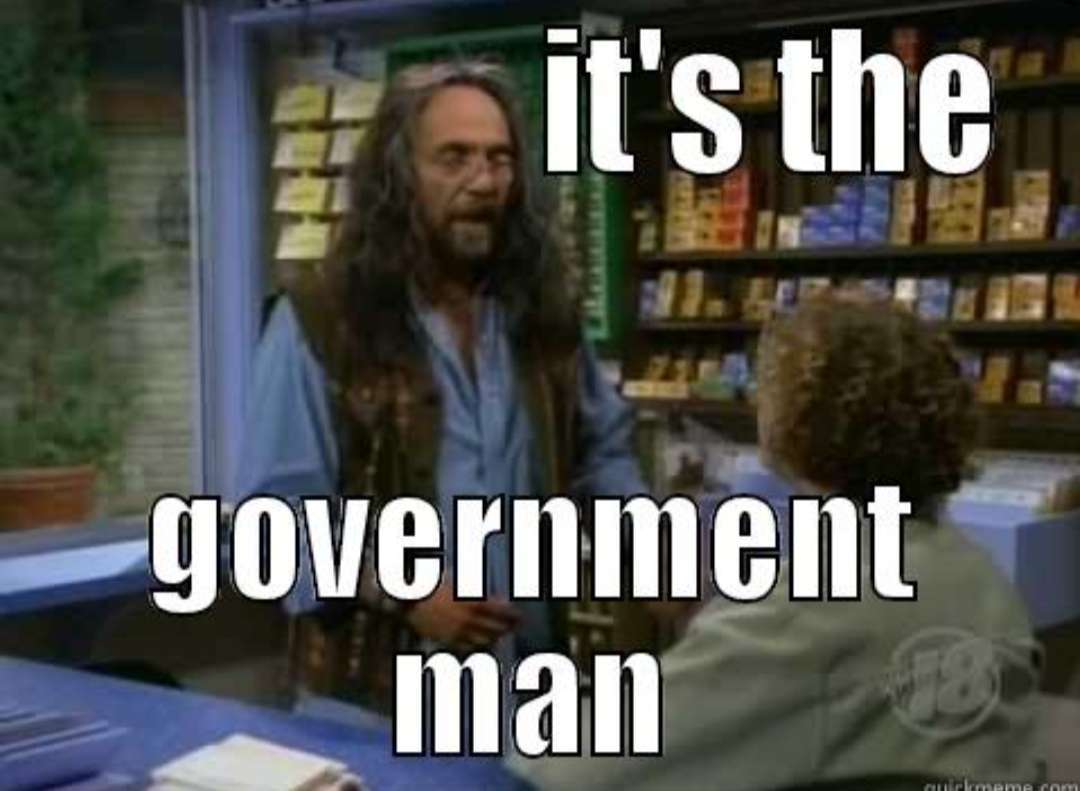-
 @ NOSTRPUNK
2024-10-27 17:38:43
@ NOSTRPUNK
2024-10-27 17:38:43A concerning trend in American society regarding government dependency. A record-breaking 59% of Americans now receive more in government benefits than they pay in taxes, marking the highest level of dependency in U.S. history.
Key Findings
Historical Comparison The current dependency rate shows a significant increase from previous decades, with only 39% of Americans being net beneficiaries in 1979.
Contributing Factors - The expansion of welfare programs and benefits - Changes in tax policies - Growing income inequality - Aging population demographics

Economic Implications
Fiscal Concerns The increasing dependency ratio poses significant challenges for the federal budget and long-term fiscal sustainability. This trend suggests a shrinking base of net taxpayers supporting a growing number of net beneficiaries.
Social Impact The shift represents a fundamental change in the relationship between citizens and government, with more Americans becoming reliant on government assistance for their basic needs.
Future Outlook
The trend raises questions about the sustainability of current welfare programs and the potential need for policy reforms. The growing dependency ratio could potentially impact future economic growth and social mobility in the United States.